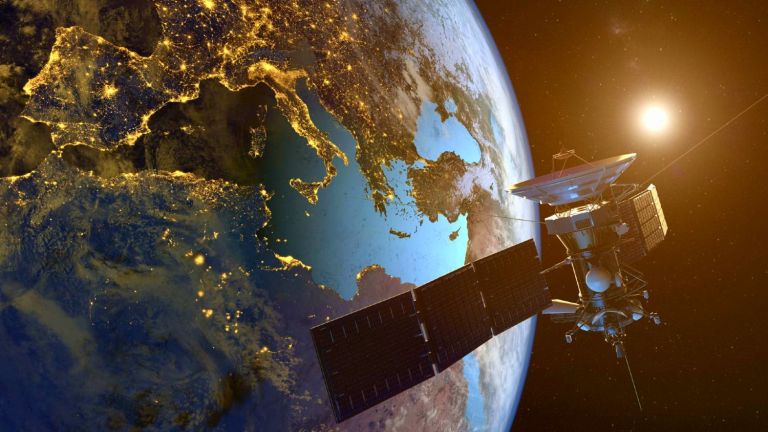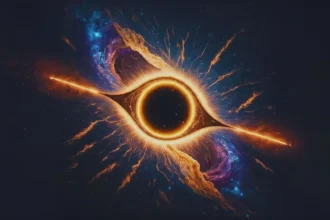In the vast expanse of space, recent activities involving Russian satellites have raised eyebrows among space enthusiasts and scientists alike. Two Russian satellites, Cosmos 2570 and Cosmos 2565, launched within the last year, have been observed releasing other satellites and spacecraft, sparking speculations about hidden payloads and potential military applications.
Hidden Payloads Unveiled
Believed to be electronic reconnaissance orbital payloads, the unorthodox practice of concealing satellites within satellites has stirred concerns within the space community. While the official role of these enigmatic objects remains unconfirmed, Russia’s Ministry of Defense (RuMoD) has acknowledged their launch and release through periodic updates.
Matryoshka Dolls in Space
Drawing parallels to the traditional Russian Matryoshka dolls, where smaller objects nest within larger ones, the two Russian satellites have unleashed a total of six satellites, leaving experts intrigued. Cosmos 2570 and Cosmos 2565 have become the focal points of discussions surrounding the emerging capabilities of satellite launch and control technology.
The Unveiling Process
Leo Labs, an independent satellite research organization, provided insights into the sequence of events. Cosmos 2570, launched on October 27 from the Plesetsk Missile and Space Complex, released Object C on October 30. Subsequently, a ‘Secondary object’ detached from Object C on November 23, suggesting a complex and meticulously orchestrated maneuver.
Space Warfare Implications
The parallel behavior of Cosmos 2570 with Cosmos 2565, launched in November 2022, has given rise to discussions about potential military applications. Leo Labs suggests that the released objects may be maneuverable, raising concerns about the deployment of co-orbital Anti-Satellite Weapons (ASATs) or covert payloads with potential risks to sensitive satellites.
Co-Orbital ASATs: A Silent Threat
Co-orbital ASATs, unlike direct ascent missiles, operate by deploying satellites or payloads at a specific altitude in zero-gravity space. These objects then drift along a trajectory, gradually approaching their target. Leo Labs speculates that the sub-satellite deployments from Cosmos 2570 could be a method of deploying such covert weapons, emphasizing the potential risks to classified satellites.
Global Dynamics and Space Debris Concerns
While the emergence of co-orbital ASATs raises questions about the militarization of space, global dynamics and concerns over space debris discourage the initiation of direct space warfare. Both Russia and China, despite their technological advancements, are likely to avoid ‘hard-kill’ destruction options, aligning with their heavy investments in directed energy weapons (DEW) and laser technology for satellite disabling.
Conclusion
The unveiling of hidden payloads from Russian satellites marks a significant development in space exploration and security. As the world watches closely, the nature and purpose of these objects remain shrouded in mystery, leaving room for continued speculation and analysis within the space community.










